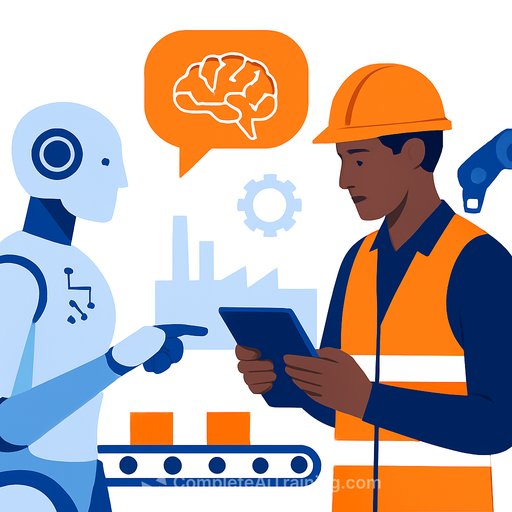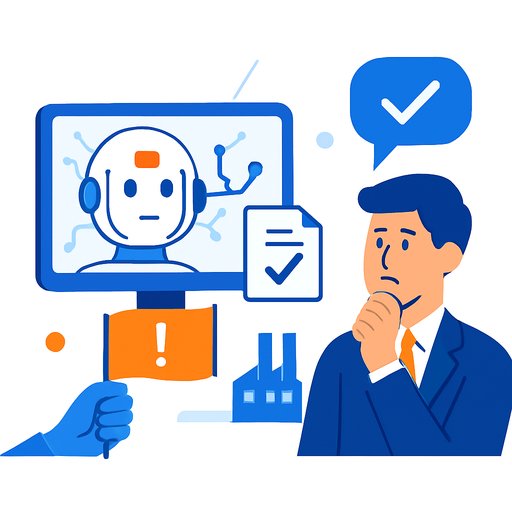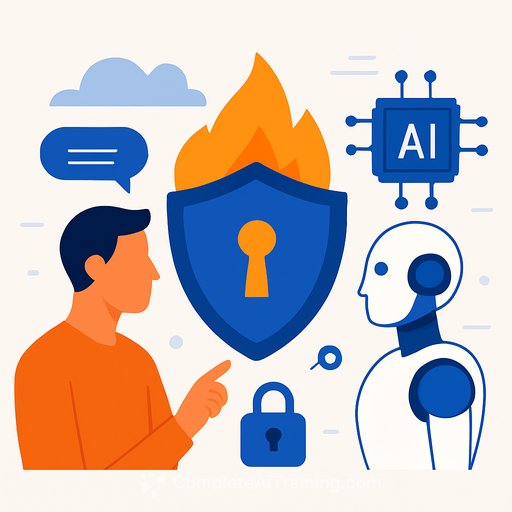The Bottom-Up AI Movement Is Reshaping Enterprise Strategy
Enterprises are investing an estimated $1.5 trillion in AI, with more than $400 billion already added to the U.S. economy. Yet 95% of GenAI projects are missing ROI. That gap isn't about models or infrastructure. It's about how change actually happens-and it starts with the people closest to the work.
The fix isn't coming from the boardroom. It's coming from the cubicles, the service queues, and the HR case backlog-where bottlenecks are obvious and incentives are real.
Agentic AI, Driven From the Front Lines
A survey of 200 IT executives at billion-dollar U.S. companies shows a quiet shift: non-technical employees are driving the adoption of agentic AI-systems that act, make decisions, and automate complex workflows. 91% of executives say these employees play a larger role in AI projects than in any previous wave of tech adoption.
This isn't theater. 78% of initiatives focus on persistent, everyday problems: automating repetitive workflows, pulling insights from scattered systems, and reducing digital friction so teams can focus on meaningful work.
The impact is already visible. 78% of leaders say agentic AI has significantly transformed at least one part of their operations. This isn't incremental. It's a reset of how work gets done.
A Shift in Corporate Power
IT has long been the tallest tower in tech decisions. That's changing. Only 38% of executives believe IT will be the function most responsible for AI innovation over the next three years.
What used to be dismissed as "shadow IT" now looks like initiative. Operations, HR, and customer service are stepping in as AI change leaders. The payoff isn't just speed; it's new career paths. Four in ten executives expect AI to create upward mobility for employees beyond traditional technical roles.
Design AI Around People
Employees aren't resisting AI-89% are receptive-but they want it integrated into how they already work. 65% prefer AI that improves current processes over forced reinvention. That's the tension to manage: immediate improvements vs. bigger leaps.
As one IT leader put it, "Agentic AI is going to challenge the way we work today, but also open a new front door to smarter, faster, and more collaborative ways of working." Your job is to make that door easy to walk through.
Leaders who win will meet teams where they are, then invite them into a future where people supervise systems, apply judgment in complex scenarios, and focus on outcomes that matter.
What Executives Should Do Now
- Let AI initiatives bubble up. Give front-line teams a simple intake, small test budgets, and a clear path from pilot to production. Tie every project to a measurable business outcome, not a tech milestone.
- Recast IT as an enabler. Provide guardrails, shared toolkits, data access, and security patterns so business teams can build safely. Consider frameworks like the NIST AI Risk Management Framework to align risk and speed.
- Invest in skills at scale. Train every function, not just engineers. Build playbooks, communities of practice, and clear certification paths. For structured upskilling by role, see AI courses by job function or explore popular AI certifications.
Metrics That Matter
Set a small, stubborn set of metrics: cycle-time reduction, time-to-resolution, cost to serve, error rates, employee NPS, and hours reallocated to higher-value work. Track ROI per use case, not just at the portfolio level. Celebrate shipped automation, not slideware.
The Upshot
AI's promise isn't in bigger models. It's in the initiative, judgment, and creativity of your people. The future of enterprise AI is bottom-up, not top-down-and the companies that embrace it will be the ones that truly transform how work gets done.
Your membership also unlocks:





